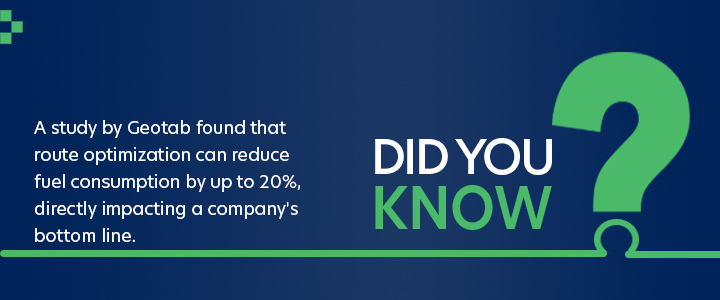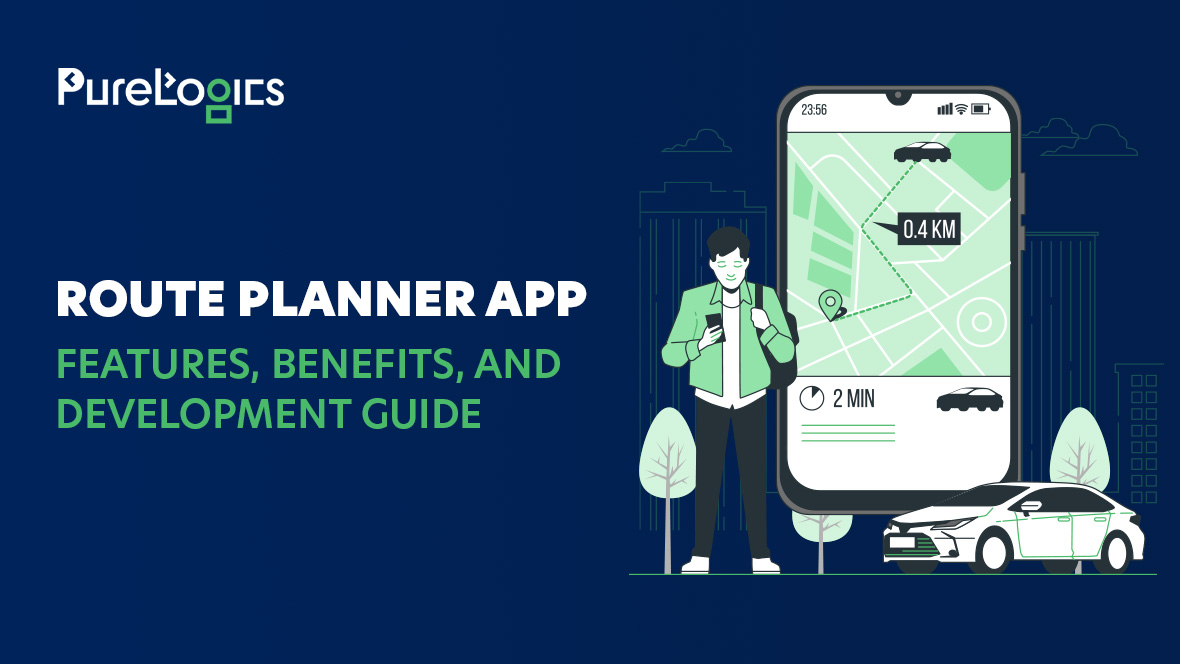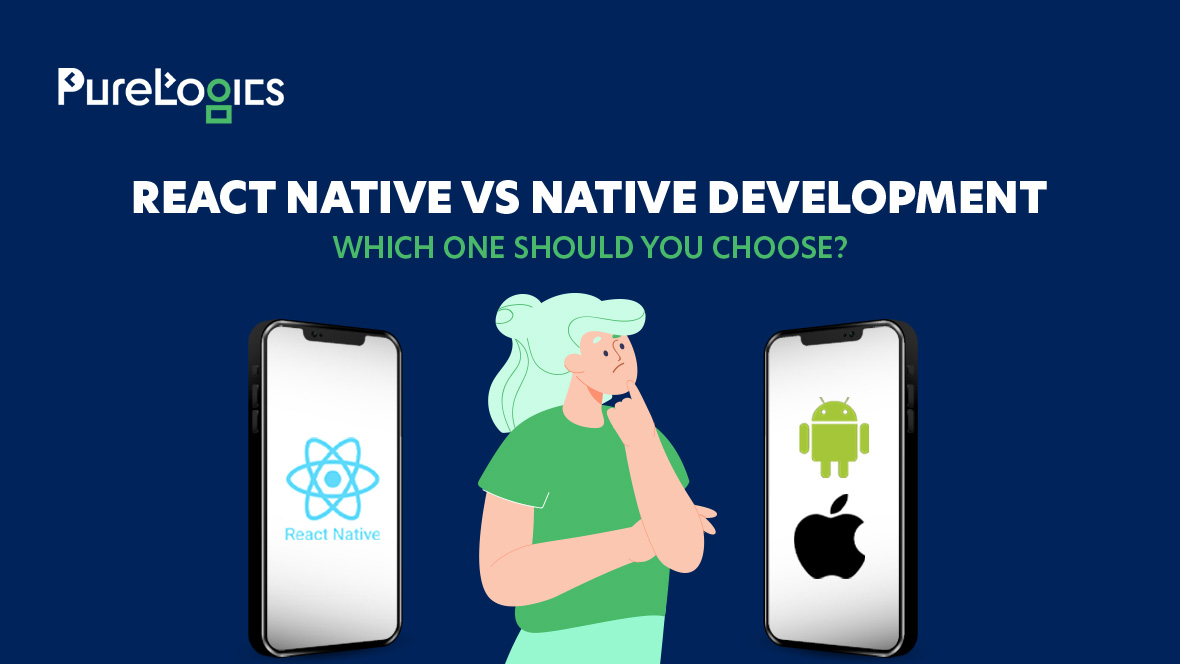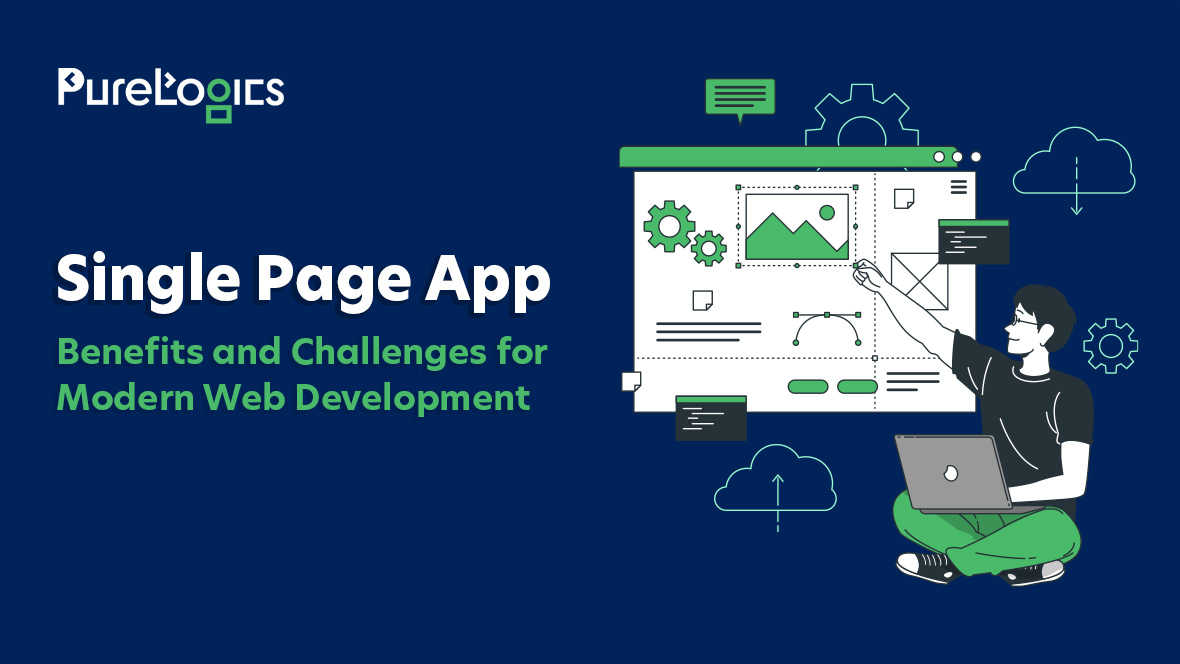Ever found yourself stuck in traffic, wondering if there was a better route? Now imagine this on a larger scale—delivery drivers, fleet managers, and logistics companies deal with this struggle daily. Route planning isn’t just about reaching a destination; it’s about saving time, fuel, and money while ensuring deliveries are made on time.
That’s where route planner apps come in! These apps take the guesswork out of navigation by finding the fastest and most efficient routes. They help businesses cut fuel costs, avoid unnecessary delays, and keep their drivers happy.
In this blog post, we’re breaking down why route planning apps matter, their must-have features, and how you can build one for your business. Let’s get started!
Understanding Route Planner Apps
Route planner apps are digital tools designed to optimize travel routes for delivery drivers, fleet managers, and logistics companies. By analyzing factors like traffic conditions, road closures, and delivery schedules, these apps generate the most efficient paths. This is how route planner applications ensure timely deliveries and reduce operational costs.
They integrate real-time data to adapt to changing conditions, providing users with up-to-date information and alternative routes when necessary.
Why Investing in Route Planning Software is a Smart Business Move
In today’s fast-paced business environment, efficiency is key. Investing in route planning software can lead to significant cost savings and improved customer satisfaction.

Moreover, the global same-day delivery market is projected to grow at a compound annual growth rate (CAGR) of 38.5% between 2024 and 2031. This surge in demand underscores the importance of efficient route planning to meet customer expectations and stay competitive.
Factors Affecting the Cost of Route Planner App Development
Developing a route planner app involves several cost-determining factors:
| Factor | Explanation |
| App Complexity | Basic apps with essential features are less expensive to develop than advanced ones with multiple functionalities. |
| Platform Choice | Developing for multiple platforms (iOS, Android, web) increases costs due to the need for separate development processes. |
| Integration Requirements | Integrating with existing systems, such as inventory management or customer databases, can add to development expenses. |
| Design and User Experience | A well-designed, user-friendly interface may require more time and resources, impacting the overall cost. |
| Maintenance and Updates | Ongoing support and periodic updates to keep the app functional and secure contribute to long-term costs. |
Benefits of Route Planner Apps
Now, let’s look at the amazing benefits of route planner apps!
Enhanced Efficiency and Productivity
By optimizing routes, businesses can complete more deliveries in less time, boosting overall productivity. For example, a logistics company reported a 15% increase in deliveries per day after implementing a route-planning app.
Cost Savings
Optimized routes lead to reduced fuel consumption and vehicle wear, resulting in significant cost reductions. Companies have reported up to 20% savings in fuel costs through route optimization.
Improved Customer Satisfaction
Timely deliveries enhance customer experience, leading to higher satisfaction and loyalty. A study found that 60% of customers are willing to pay more for faster delivery services.
Real-Time Traffic and Weather Updates
Access to current traffic and weather information allows drivers to adjust routes dynamically, avoiding delays and ensuring safety.
Data Insights and Reporting
Analytics provided by route planner apps help businesses understand delivery patterns, identify inefficiencies, and make informed decisions for future operations.
Must-Have Features of Route Planner Apps
To maximize the benefits of a route planner app, consider incorporating the following features:
Multi-Stop Route Optimization: It allows the planning of routes with multiple stops, ensuring the most efficient path is taken.
Real-Time Traffic and Weather Integration: It provides up-to-date information to adjust routes as needed.
GPS Tracking: It enables monitoring of driver locations, enhancing security and accountability.
Dynamic Re-Routing: It automatically adjusts routes in response to unexpected events like road closures or traffic jams.
User-Friendly Interface: It ensures ease of use for drivers and managers, reducing training time and errors.
Route Planner App Development Guide
Developing a route planner app involves several key steps:
- Identify the specific needs of your business and users to determine essential features.
- Create wireframes and prototypes to visualize the app’s interface and user experience.
- Choose the appropriate technology stack and begin coding the app, ensuring scalability and security.
- Conduct thorough testing to identify and fix bugs, ensuring the app functions as intended.
- Launch the app on selected platforms, making it available to users.
- Regularly update the app to add features, improve performance, and address security vulnerabilities.
Final Remarks
Investing in a route planner app is a strategic move that can lead to significant improvements in efficiency, cost savings, and customer satisfaction. By carefully considering the development factors and incorporating essential features, businesses can create a tool that meets their specific needs and enhances their operations.
If you’re looking to develop a route planner app tailored to your business, our team at PureLogics is here to help. We specialize in creating customized solutions that drive efficiency and growth. Contact us today to start your journey toward optimized operations.


 [tta_listen_btn]
[tta_listen_btn]
 April 16 2025
April 16 2025






